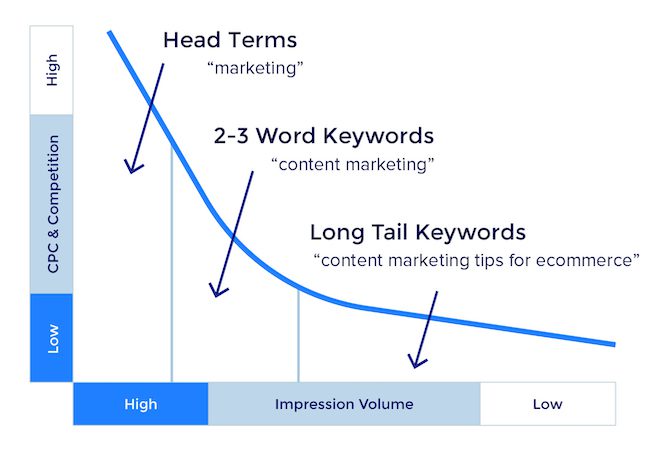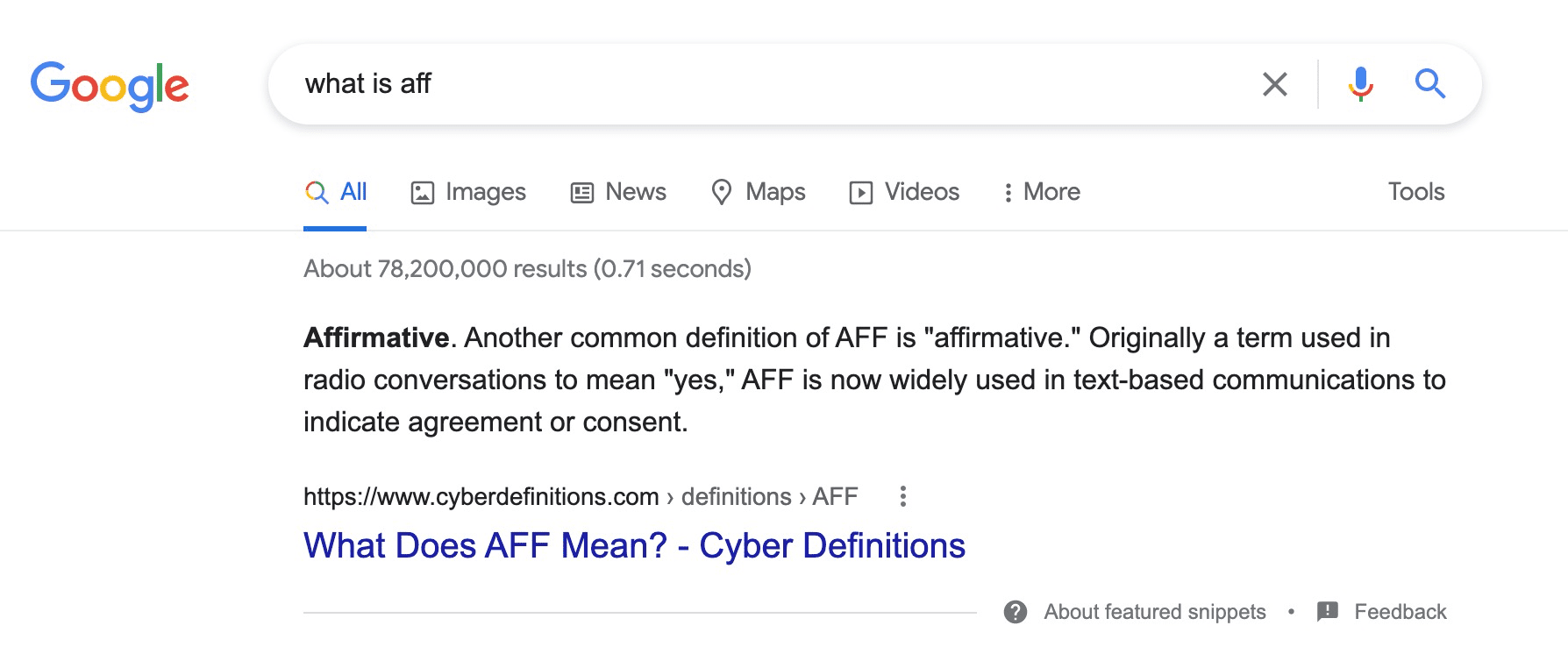If you’re starting to thread your way to SEO (or search engine optimisation) for your business, you probably already know you need several experts to help you. After all, there’s a lot of coding involved – but is that all there is?
The answer is no, fortunately. You can get a few things done by using copywriting, the art of creating written content for advertising.
Copywriting is necessary now more than ever. In digital marketing, you need the right content, the right calls to action, or your design efforts fall flat.
Therefore, copywriting can help you when it comes to SEO too. In this article, we’ll discuss a few tips that can help you evaluate an SEO copywriter’s work when hiring – or do it yourself if you have the time and availability to learn. Let’s dive in.
1. Use keywords naturally
Have you ever heard of the term “keyword stuffing”? In case you’re curious, that’s not a turkey recipe. It’s a practice in which the target keyword for a page is overused, rendering the text completely impossible to read. But let’s start from the beginning.
The right SEO professional will help you understand which keywords you should target in order to rank for the searches that are most likely to bring you website visitors or prospects. Now, you should use these keywords in your content and at least one of the headings, but you cannot overdo it. The best SEO content is good for readers first. If a human reader cannot understand what you’re talking about, a search engine will not prioritise your content either.
Hence the expression “naturally”. Use the target keyword in a way that does not hinder readability, on the contrary: it improves it.
2. Choose your keywords wisely
As we mentioned in the previous section, you need to choose your target keywords carefully. In most cases, unless you have been online for ages and have a very high domain authority (a set of metrics that are gathered to garner the quality of a website, according to Moz), we recommend going for long-tail keywords.
These keywords are more specific, and therefore, have a lower competition level. Lower competition makes it easier to rank for these keywords, increasing your page rank.
3. Aim for featured snippets
Featured snippets are the so called “result zero”, which means that the user does not have to click to read the answer to their question. This is an example of a featured snippet:
The way to write for featured snippets is to simply think about a common question related to your product or service, and write a short answer to that question in your website pages or blog posts.
By ranking with a featured snippet, you might make it to the first page twice. Plus, featured snippets and people also ask boxes are great to boost your page rank.
4. Format your content using headings and images
If you already know headers are a great place to add instances of your target keywords, you’re going to be alright. Optimising your headers for your keywords is important, but headers also serve another purpose: they help you split up your content in bite-sized chunks. This makes it easier for users to read it, as large blocks of text are kind of demoralising for readers.
Plus, images also help readers understand the content. We recommend using infographics if you have a lot of data you want to save in an image, but keep in mind that crawlers do not read images apart from the alt-tag (a string of text that the search engine crawler reads to make sense of images).
About alt-tags, these can also be useful when it comes to text accessibility, as readers for visually impaired users can only guess what the image is about according to the alt-tag text.
5. Include useful internal links
Internal links are not always about blowing your own trumpet. If you have other resources on your website that can complement the piece of content you’re working on, do add an internal link.
This also makes it easier for all pages in your website to rank since you are creating connections that crawlers can read and follow.
A page with no links towards it might not exist at all, since crawlers will pretty much ignore it.
Wrapping Up
We hope you’ve enjoyed our top five tips for SEO copywriting! If you need help with copywriting or any other SEO task, reach out at hello@silvawebdesigns.com and we’ll be delighted to help.
If you’re more like a self-taught solopreneur, you can find a lot of advice on SEO learning in other articles on our blog such as:



